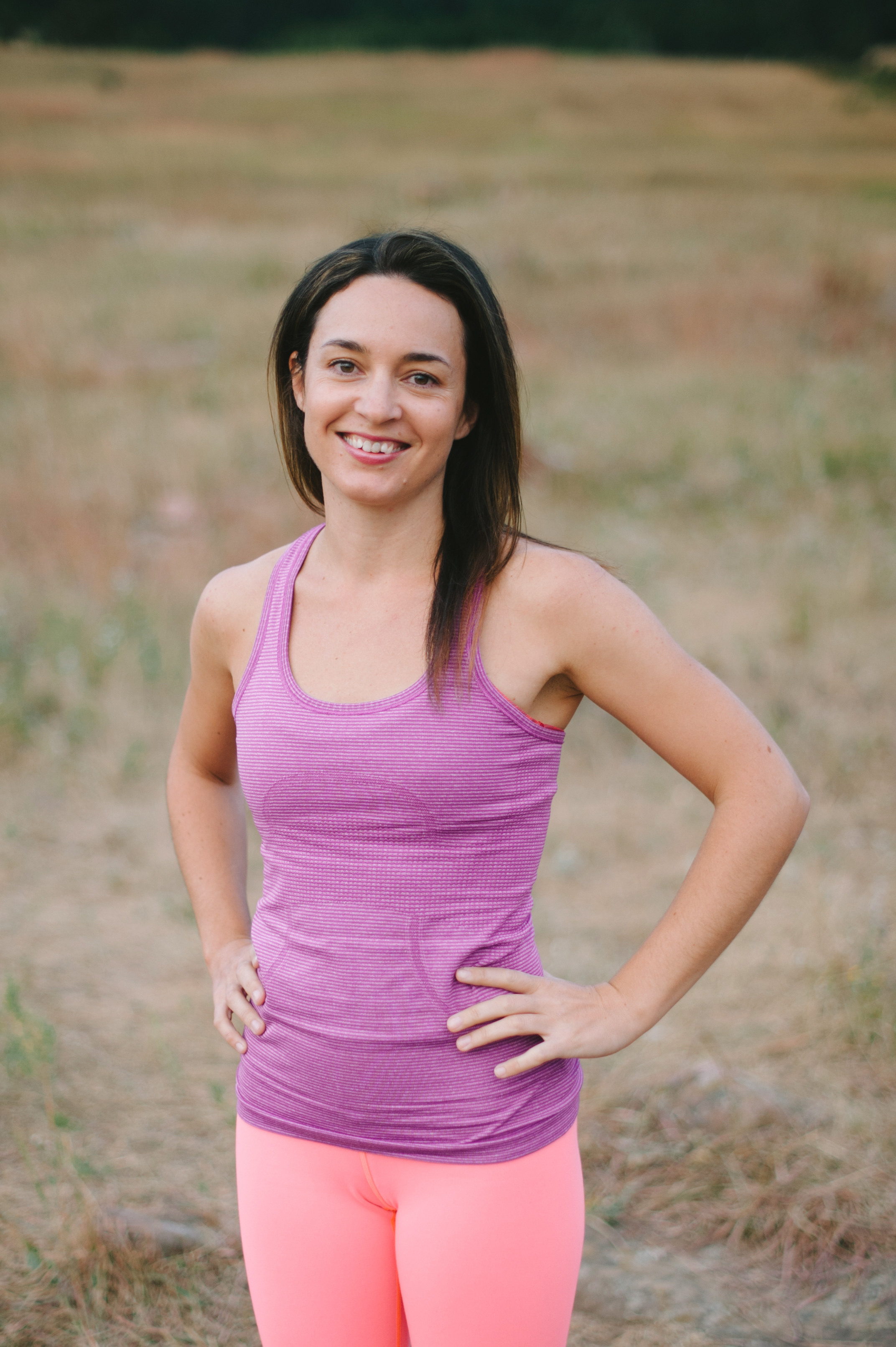I'm trekking to Everest Base Camp next week – should I be nervous?
I ask my friends in high places for their best advice to help me prepare
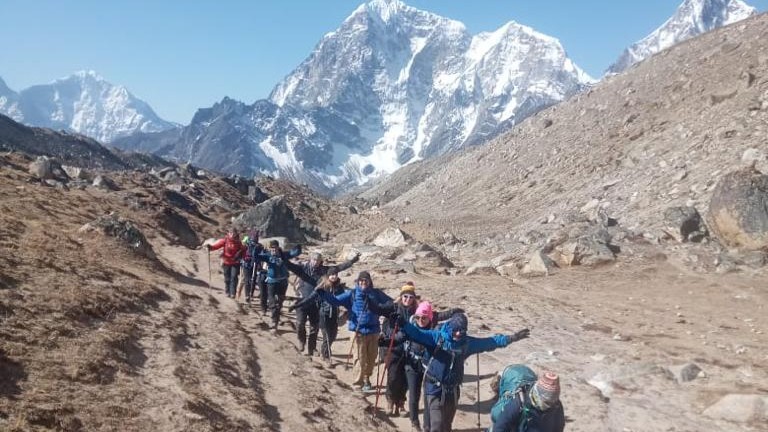
Next week, I set off on one of the biggest adventures of my life so far – trekking to Everest Base Camp. Over 11 days, I’ll hike a 80 miles (130km) roundtrip, and climb around 8,000ft (2,438m) to reach the famous camp at the foot of the world’s tallest mountain. Should I be nervous?
My visa is in hand, my vaccinations are boosted, and all my shiny new kit is steadily piling up in my open suitcase. My flight to Kathmandu, where I’ll meet the five strangers I’ll be trekking with, is booked.
After a couple of days exploring Nepal’s capital, we fly onwards to Lukla, a small town in north-eastern Nepal, and begin trekking the classic route, sleeping in tea houses and taking every third day off to acclimate. That’s the plan, anyway. When you put five strangers together at altitudes like these, anything can happen.
So with all my best plans laid, all that’s left to do is worry. Will I be able to keep up? How will my body respond to altitude? How do I get enough sleep? The short answers to these questions are: 'probably', 'who knows?' and 'buy some earplugs', but for a more measured response, I decided to call on some friends who’ve taken the trek before me and ask for their best advice.
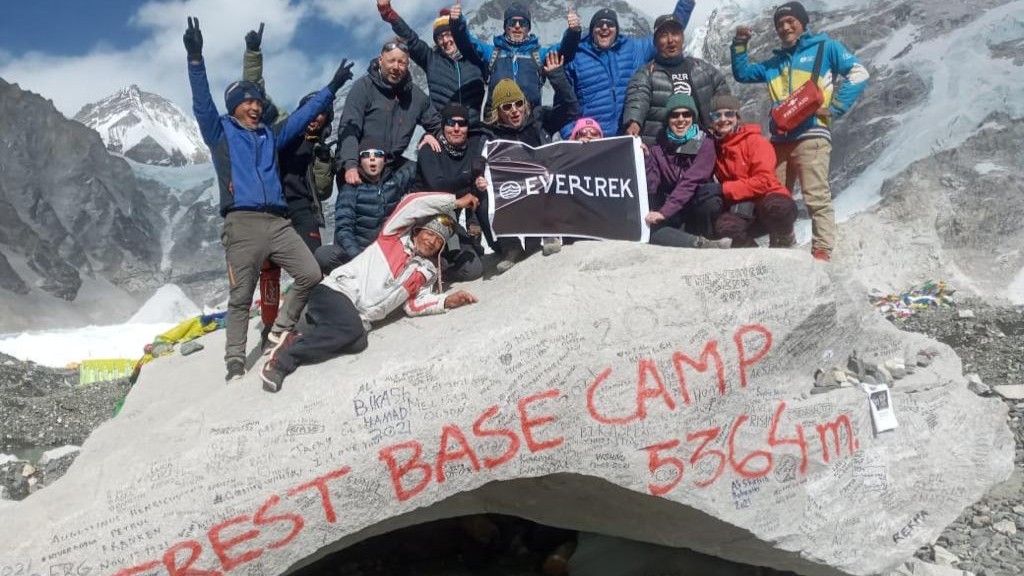
“I wish I would have slowed down”
I first spoke to Andy Moore founder of EverTrek, the Welsh company I'll be trekking with on my adventure. He set up the company up in 2017 after his first trip to Base Camp and says that one of his biggest regrets of that first trek is going too fast.
“I wish I would have slowed down, taken my time a bit more,” says Moore, calling the experience “one of the most difficult and challenging" of his life.
Any concerns I had about not being able to keep up vanish, and as someone who tends to hike at supersonic pace because I always have something to get back for, this advice is like music to my ears. I can practically feel my nervous system collapse on the couch at the thought of taking the best part of a week to walk the first 40 miles. Does my Garmin Fenix 8 even have a "saunter" option?
All the latest inspiration, tips and guides to help you plan your next Advnture!
Dave Carpenter, Director of Supplier Relations and Product Development at the company, echoes this sentiment when we chat over the phone.
“The trip is about getting to EBC and back down as healthily as possible; speed is the enemy of acclimatisation,” says Carpenter. In other words, the slower I go, the more time my body has to adjust to altitude.
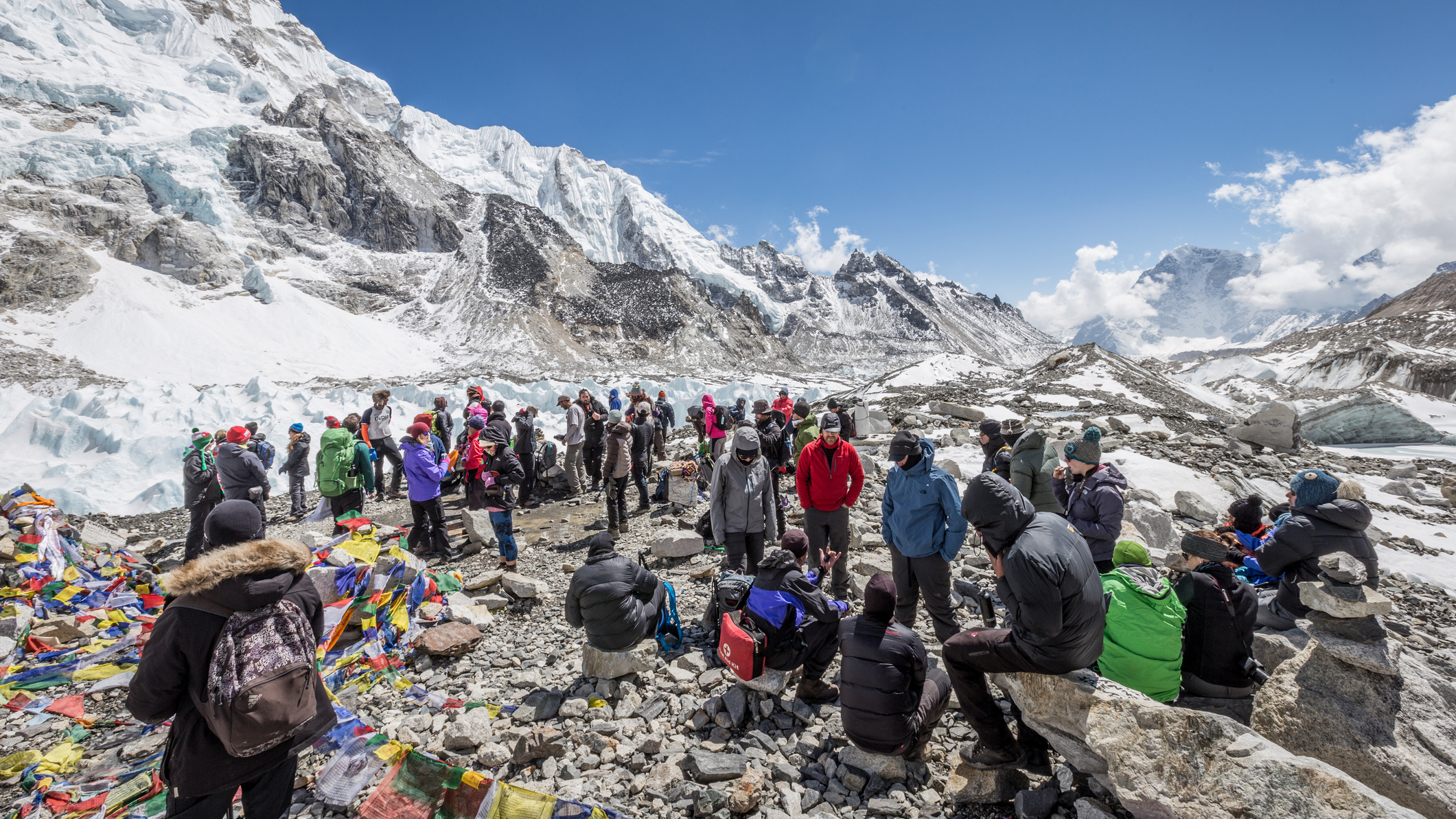
“Don’t be afraid of altitude”
Altitude is another unknown element on this trek. I spent over a decade living at 8,000ft and plenty of time in those years recreating above 14,000ft, so I’m not a total stranger to higher elevations, but at 17,598 ft (5,634m), Base Camp is significantly higher than I’ve ever been.
I’ve never suffered from altitude sickness, but that doesn’t mean I won't in the Himalayas – altitude sickness is unpredictable that way. I know that at 14,000ft, some weird things usually happen to my body. So what happens when I add another 3,000ft?
“You don't need to be terrified of altitude,” advises Carpenter.
“The first time I went to Everest Base Camp, I carried a lot of anxiety every day. I worried that the higher I went, the more likely I was to get sick and have to turn around, but with time and more experience, I realized altitude sickness is manageable if you acknowledge symptoms early and follow the mountain rules: hydrate, walk slow, and communicate with your guide.”
After researching Diamox, a common altitude sickness drug on the UK pharmacy brand Boots’ website, I see he’s right. I fill in a questionnaire to determine if I’m a good candidate, and receive a response that we’re ascending slowly enough that I should, in theory, be fine.
In fact, according to Moore, I might even be more than fine: “I really enjoyed the challenge, even the pain and suffering that happens when trekking at high altitude, and I couldn't wait to see what else there was to take on.”
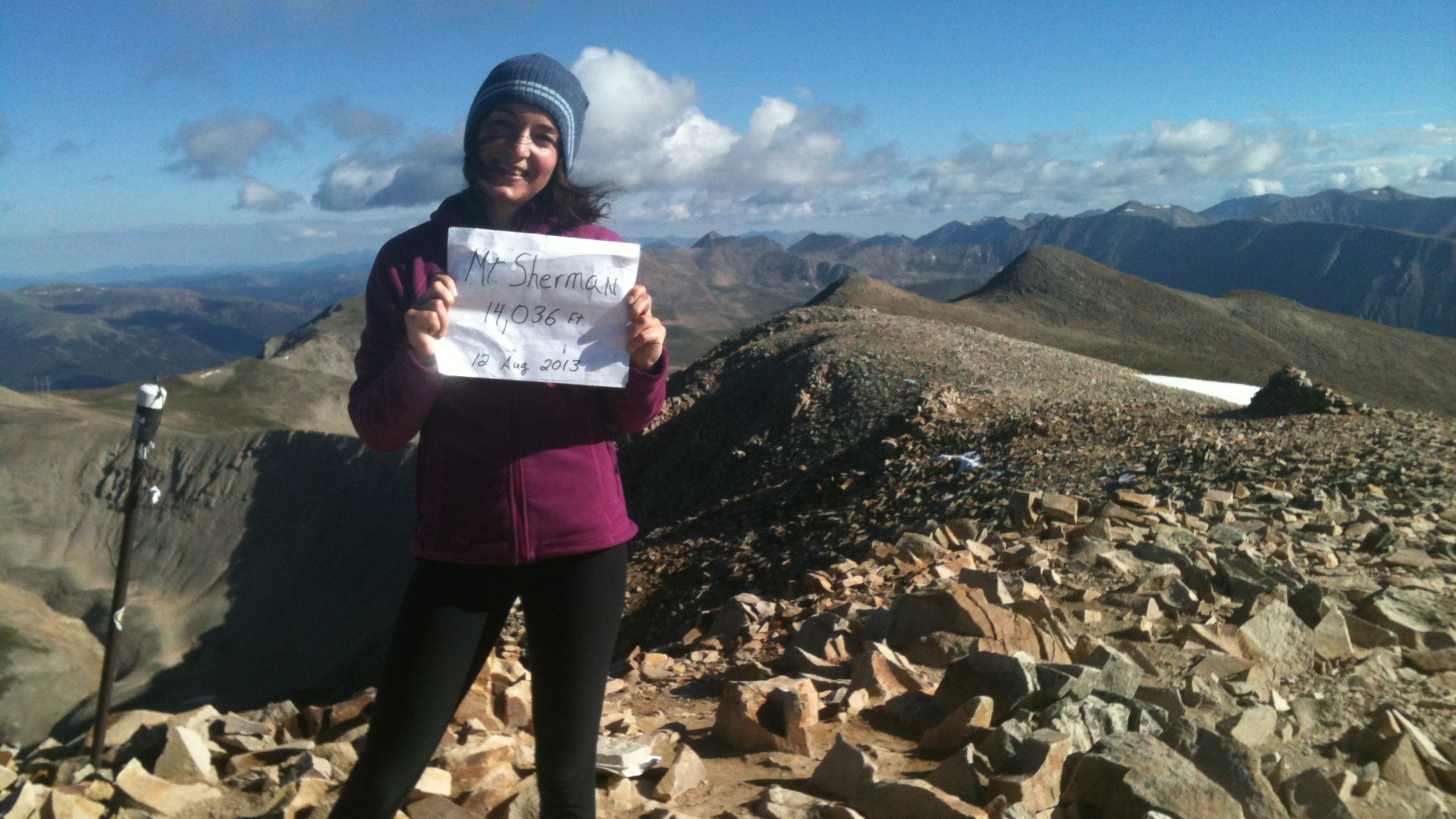
“It can get ridiculously cold”
Between trail running to Swiss cabins and backcountry skiing to Colorado mountain huts, I’ve done my fair share of communal sleeping with strangers, and I’m prepared for the certainty that sleeping at altitude is going to be rough. Research suggests it’s something to do with the change in breathing pattern combined with lower oxygen levels.
However, my friend and fellow Advnture writer Jack McKeown is quick to jump in with some tips to help me get more rest.
“It can get ridiculously cold after dark, and your bedroom won't be heated.”
McKeown trekked to Base Camp in 2007, and if there’s one thing that sticks out to him, it’s the need for an extremely warm sleeping bag – I immediately pack my Big Agnes Torchlight EXP 0, which isn’t just warm, it’s expandable for side and starfish sleepers such as myself. Oh, and the Big Agnes Rapide SL Pillow for good measure. I’m taking no chances here.
One other thing: “You will wake up in the middle of the night needing a wee but dreading getting out of your cosy sleeping bag. Don't procrastinate – you'll be back in the warmth in two minutes,” says McKeown.
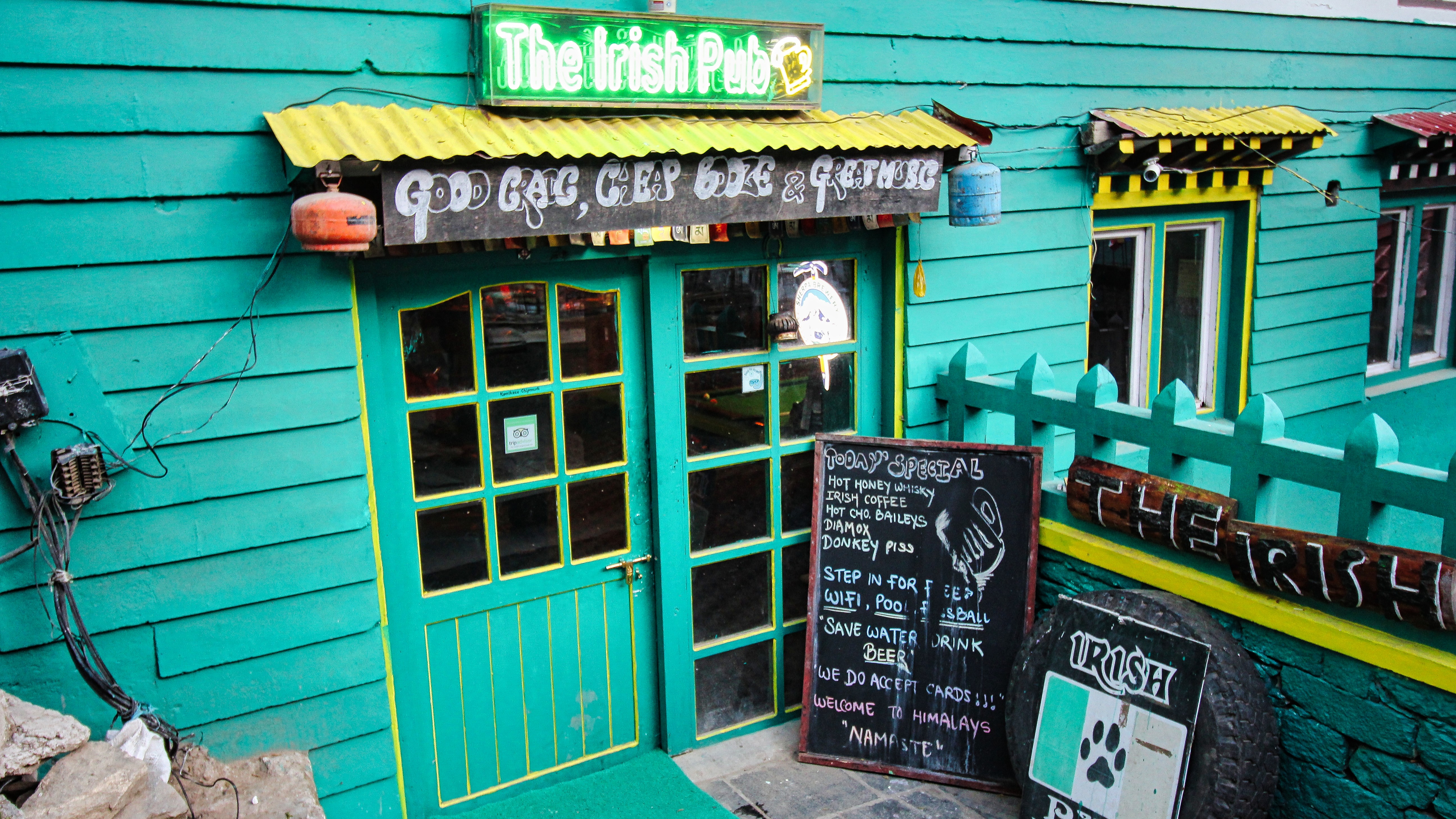
“There'll be plenty of time for a celebratory beer back in Kathmandu”
With concerns about pace, altitude and sleep mostly alleviated, my friends now issue a warning about something I didn’t even realize might come up: don’t drink beer on the trek.
I already know that higher elevations and alcohol don’t mix well, but I wasn’t aware this would be an issue on the trek to Base Camp, since it never occurred to me there would be a bar.
More fool me; Moore tells me that just two days into the trek, we’ll find the world’s highest bar, an Irish pub in Namche (why does this depress me?), and patronizing it on this first trip is another thing he regrets.
“Trekking with a hangover the next day was something I learned I wouldn't do again.”
Altitude is dehydrating, alcohol is dehydrating, and hiking and hangovers just don’t mix. Besides, McKeown reminds me: “There'll be plenty of time for a celebratory beer back in Kathmandu.”
I’m filing this one under things I never knew I’d have to know.
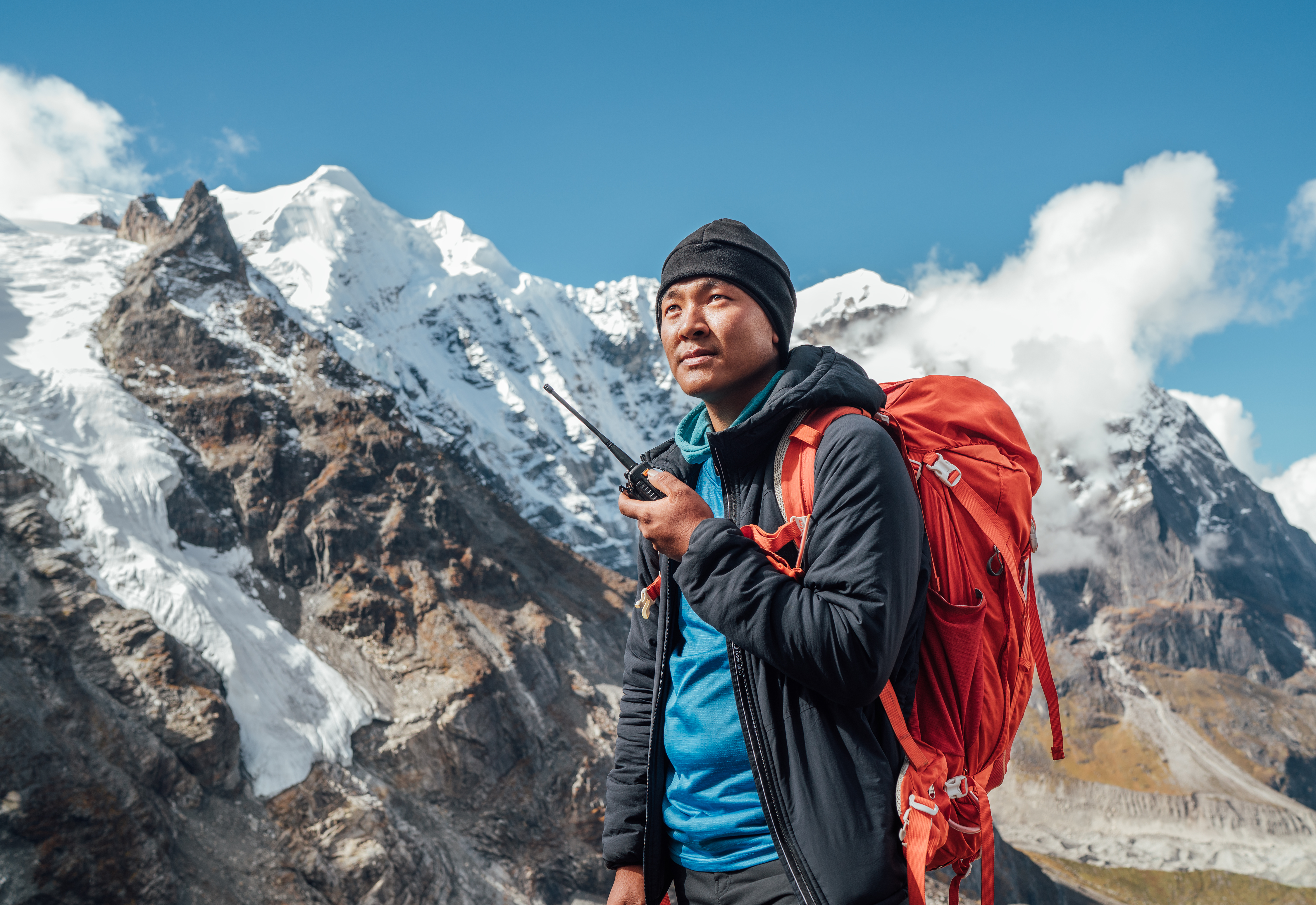
“Little rituals everywhere”
There’s no way I could embark on this adventure without reaching out to my friend Ellen Miller for advice. Miller and I met when we both lived in Vail – as the first US woman and second woman ever to have scaled Everest from both sides, she's got plenty of practical advice for me (don't drink the Yak butter tea, it's hard for Westerners to digest) but one gem really stands out as a reminder to keep things in perspective: “The most important thing is to absorb the gentle kindness of the Sherpa people. Their way of life is beautiful. Little rituals everywhere.”
Or as McKeown puts it: “Good Sherpas and porters are the people who will make the trip special. Tip them generously.”
Julia Clarke is a staff writer for Advnture.com and the author of the book Restorative Yoga for Beginners. She loves to explore mountains on foot, bike, skis and belay and then recover on the the yoga mat. Julia graduated with a degree in journalism in 2004 and spent eight years working as a radio presenter in Kansas City, Vermont, Boston and New York City before discovering the joys of the Rocky Mountains. She then detoured west to Colorado and enjoyed 11 years teaching yoga in Vail before returning to her hometown of Glasgow, Scotland in 2020 to focus on family and writing.
